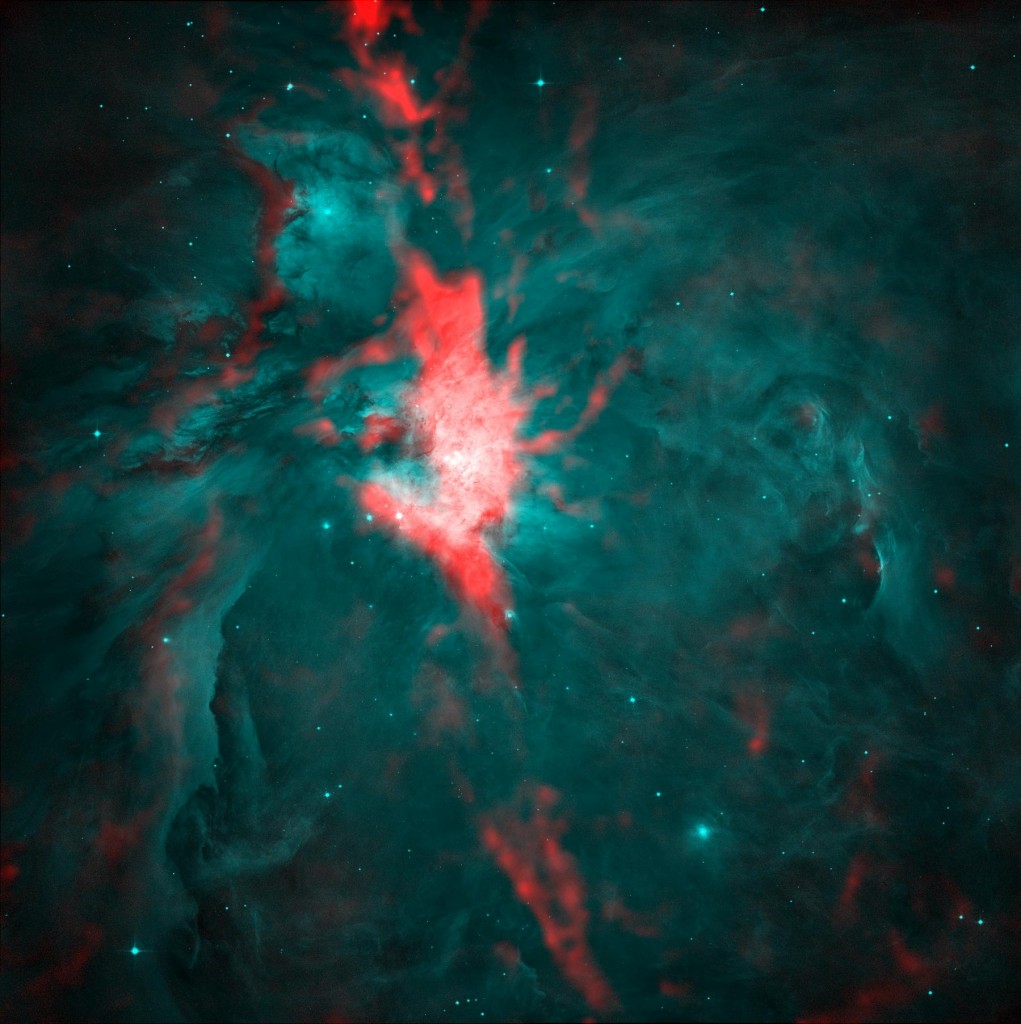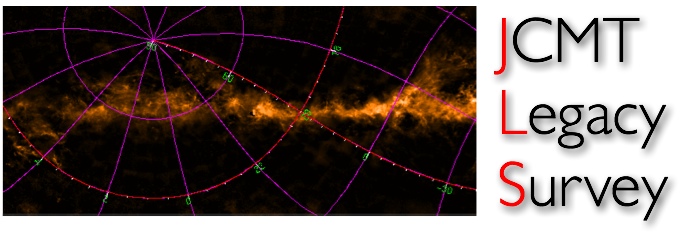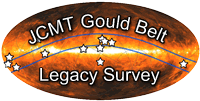Gould Belt Survey
The Gould Belt Legacy Survey (GBS) is using three JCMT survey instruments (SCUBA-2, HARP and POL-2) to survey nearby star-forming regions (D < 500 pc). The survey includes the best known Gould’s Belt clouds – Orion, Taurus, Perseus, Serpens and Ophiuchus – as well as less well-studied local star-forming regions, and complements similar Gould Belt surveys with the Spitzer and Herschel space telescopes. The SCUBA-2 targets are half-degree regions preselected on Herschel 500 micron emission to provide a deep, uniform 450/850 micron survey. The HARP observations focus on subregions of the same clouds in 12CO, 13CO and C18O. The polarisation component of the survey is awaiting POL-2 commissioning. The science goals of the GBS are:
- Protostellar lifetimes and accretion rates;
- Origin of the IMF and brown dwarfs;
- Structure of cores to clouds;
- Evolutionary Classification
- Mass ejection and accretion rates;
- Core kinematics;
- Clouds and filaments;
- Tests of the standard model of star formation;
- Models of magnetic field geometry, strength and the Chandrasekhar-Fermi method;
- Large scale magnetic fields and turbulence.
Target regions are: Orion A* / B* – Perseus* – Taurus*/Auriga – Cepheus – Serpens*/Aquila – Ophiuchus* – Pipe – IC5146 – CrA – Lupus V (* includes HARP data from GBS or GT)
The 2-year programme
The 2012-14 allocated programme focusses on SCUBA-2: the HARP data were observed in 2007-2011.
| Instrument | Tracer | Area | RMS(a) | Δv (km/s) |
Weather Grade |
Time (hrs) |
| SCUBA-2 | 450/850 micron | 28 x 0.25 sq. deg. | 20/5 mJy/beam | 1 | 70 | |
| 450/850 micron | 67 x 0.25 sq. deg. | 50/5 mJy/beam | 2 | 342 | ||
| HARP-B | 12CO | 5×15’x15′ | 0.3K | 1.0 | 2 | 250 |
| C18O(13CO) | 5×15’x15′ | 0.3K (0.25K) | 0.1 | 2 | ||
| Total | 662 |
(a)Approximate achieved sensitivities subject to variation between regions.
Results
- Image gallery
- Publications list from ADS
- The JCMT Science Archive at CADC
- GBS Wiki(team members only)
For further information contact the coordinators: Jenny Hatchell (University of Exeter), James Di Francesco (NRC Herzberg), Derek Ward-Thompson (UCLAN) and Michiel Hogerheijde (Leiden).
 The dust lanes in Orion are detected in emission by SCUBA-2 at 850 microns (red) but appear as dark features blocking the optical starlight observed by the Hubble Space Telescope map (blue). Figure Credit: Carl Salji.
The dust lanes in Orion are detected in emission by SCUBA-2 at 850 microns (red) but appear as dark features blocking the optical starlight observed by the Hubble Space Telescope map (blue). Figure Credit: Carl Salji.





